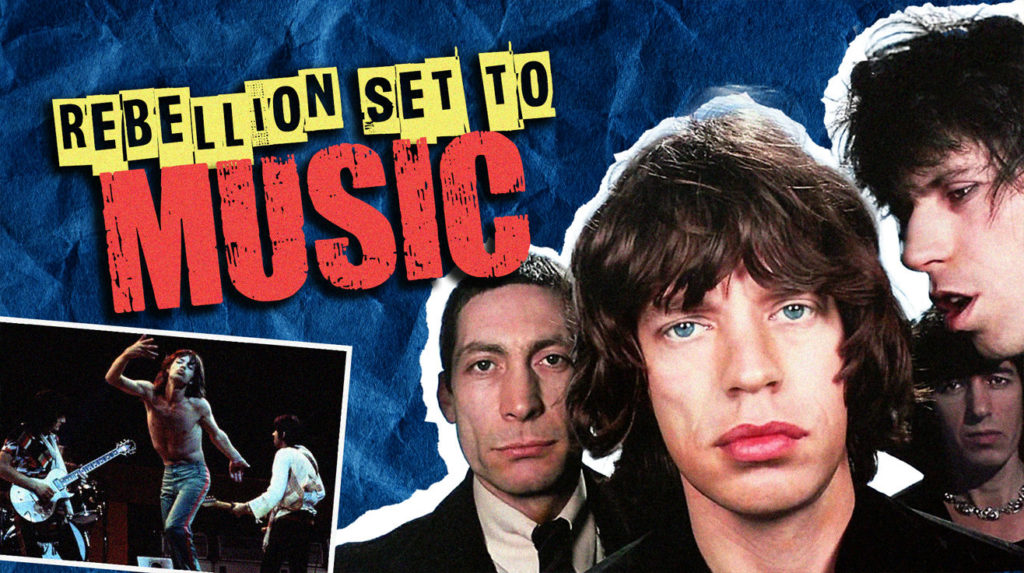
The Rolling Stones didn’t just play music — they weaponized it. For six decades, they’ve turned rebellion into an art form and blues into a global language. These artifacts tell the story of how five guys from London became the template for every rock band that followed. Each piece reveals how they transformed from blues covers to cultural revolutionaries, proving that authenticity beats polish every time.
18. The Tragic Fate of Brian Jones

Brian Jones mastered multiple instruments and shaped The Stones’ early blues authenticity. Substance abuse and creative conflicts led to his 1969 departure.
He died shortly after at 27, officially ruled “death by misadventure.” His story serves as rock’s cautionary tale about fame’s human cost and the pressure of pioneering musical movements. Today, fans and historians alike continue to debate the extent of his influence on the band’s formative years.
17. ‘Exile on Main Street’: Chaos and Brilliance

This 1972 double album emerged from chaotic French villa sessions marked by substance abuse and creative tension. The organized chaos produced sprawling brilliance across rock, blues, gospel, and country.
Initial critics called it unfocused, but history proved it was their masterpiece. Sometimes the best art emerges from the messiest circumstances. Exile on Main Street remains a benchmark for raw, unfiltered rock and roll that many artists still strive to match.
16. Legendary Secret Shows
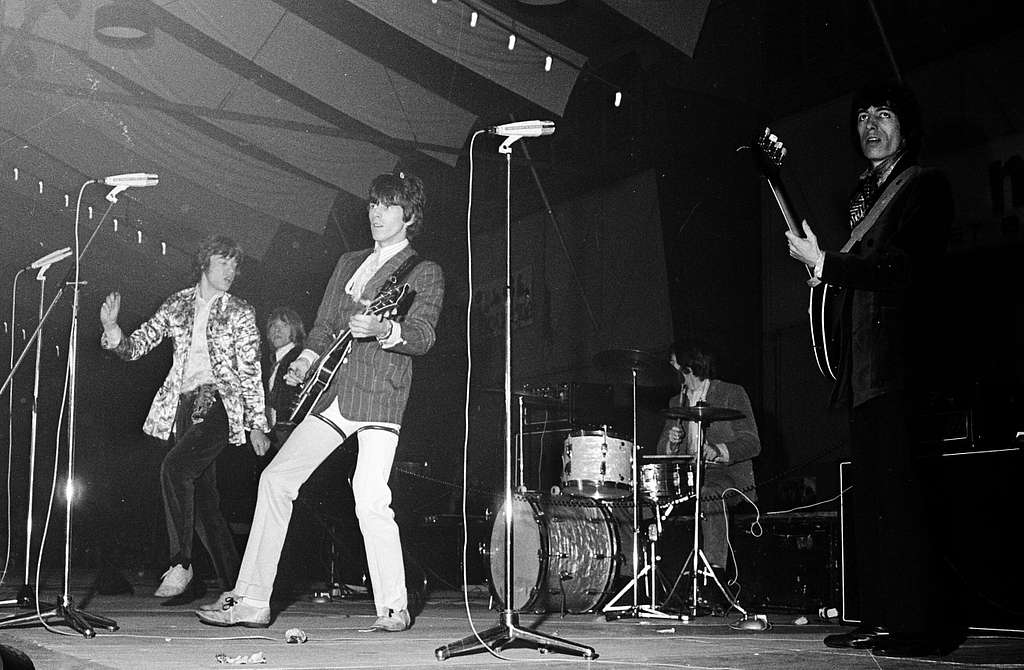
The Stones pioneered intimate club gigs before major tours. These unannounced shows created exclusivity and allowed material testing in low-pressure environments.
Small venues fostered genuine connection with dedicated fans. These performances reminded them of their roots when stadium shows threatened to disconnect them from the music itself. Word of these secret concerts often spread like wildfire, making them legendary among fans and music insiders.
15. Early Blues Energy

Their 1964 debut featured raw blues covers that felt like cultural electricity. While peers polished pop sounds, The Stones celebrated Muddy Waters and Chuck Berry with unfiltered energy.
This wasn’t just music — it was cultural archaeology, bringing African American blues to new audiences and refusing to conform to British Invasion expectations. Muddy Waters and Chuck Berry became symbols of authenticity that would define the band’s approach for decades.
14. ‘Beggars Banquet’: A Return to Roots
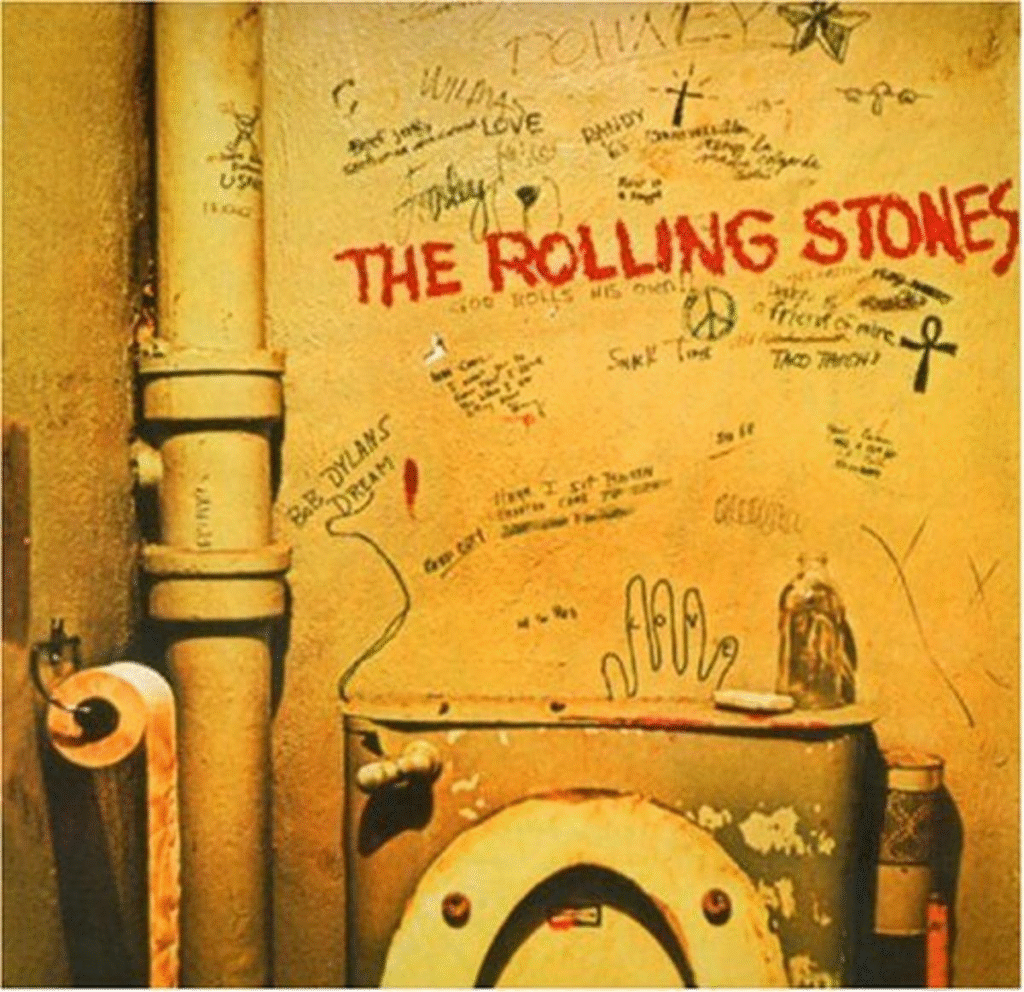
After psychedelic detours, ‘Beggars Banquet’ stripped away flourishes for raw blues power. “Sympathy for the Devil” became an anthem while “Street Fighting Man” captured 1960s rebellion.
This 1968 album reflected turbulent times with dangerous edge. It proved that returning to fundamentals often produces the most powerful music. Beggars Banquet remains a touchstone for artists seeking to reconnect with their musical roots.
13. Business Innovations Beyond Music
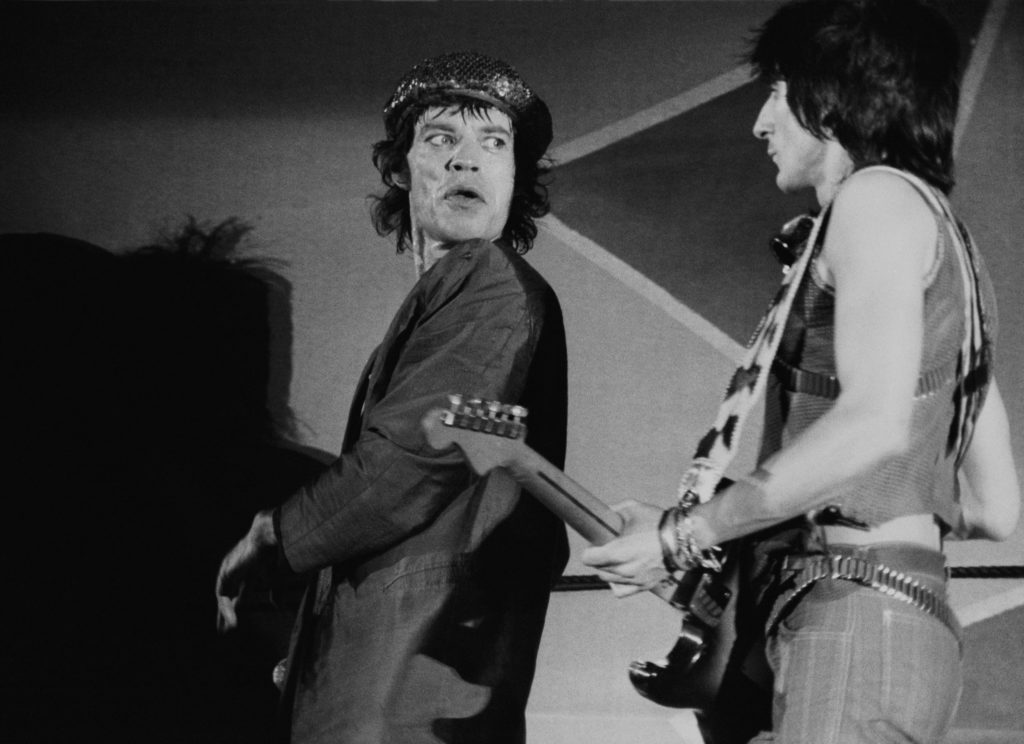
Beyond Rolling Stones Records, they revolutionized touring economics and merchandising strategies. Their business acumen influenced how major acts approach career longevity.
They proved that artistic integrity and commercial savvy aren’t mutually exclusive. These innovations helped establish the modern music industry’s financial framework for superstar artists. Their pioneering spirit inspired countless bands to take control of their own careers.
12. Ian Stewart: The Sixth Stone

Ian Stewart was The Stones’ original keyboardist and founding member. Manager concerns about his “look” relegated him to road manager status.
Yet Stewart continued recording and performing until 1985. His story highlights how image obsession can sideline genuine talent, making you wonder how many musical geniuses got lost to marketing considerations. Stewart’s steadfast presence and musicianship earned him the respect of his bandmates and fans alike.
11. Rolling Stones Records and Creative Control

Forming their own label in 1970 granted unprecedented creative and financial control. This bold move influenced countless artists to seek independence from traditional record companies.
The iconic tongue logo became music’s most recognizable symbol. Their business innovation proved that artistic control and commercial success could coexist beautifully.
This shift marked a turning point for artist autonomy in the music industry.
10. Experimentation in the Late 60s
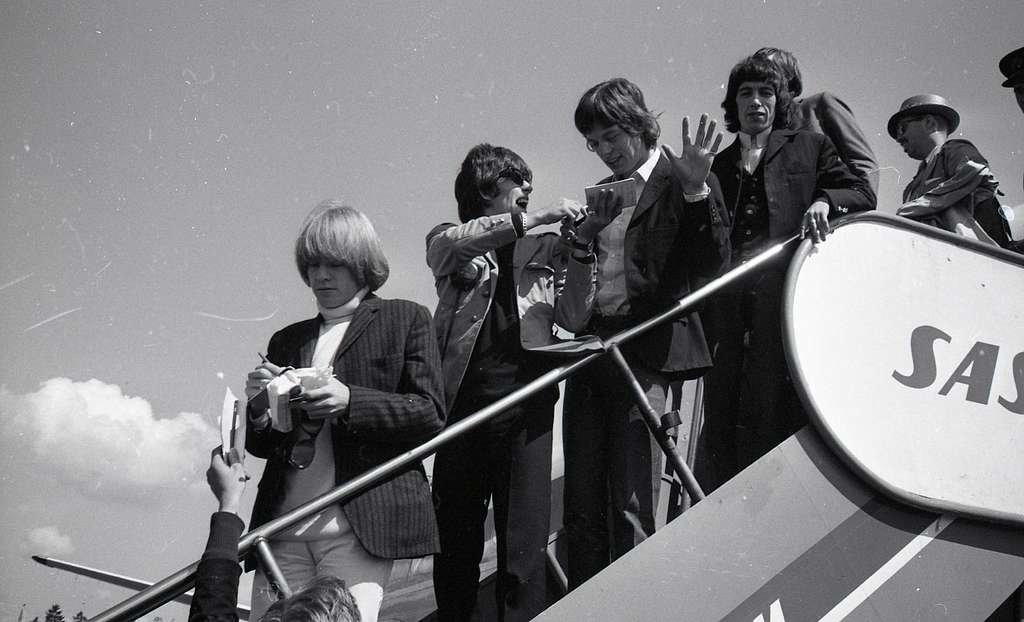
Late 1960s albums like ‘Between the Buttons’ embraced baroque pop and psychedelic elements. “Ruby Tuesday” showcased their softer side while maintaining edge.
This willingness to explore new sounds proved their versatility. The experimentation period set the foundation for their future iconic albums and proved they could evolve without losing their core identity. Their adventurous spirit allowed them to stand out in a rapidly changing musical landscape.
9. ‘Let It Bleed’: Darkness and Culmination
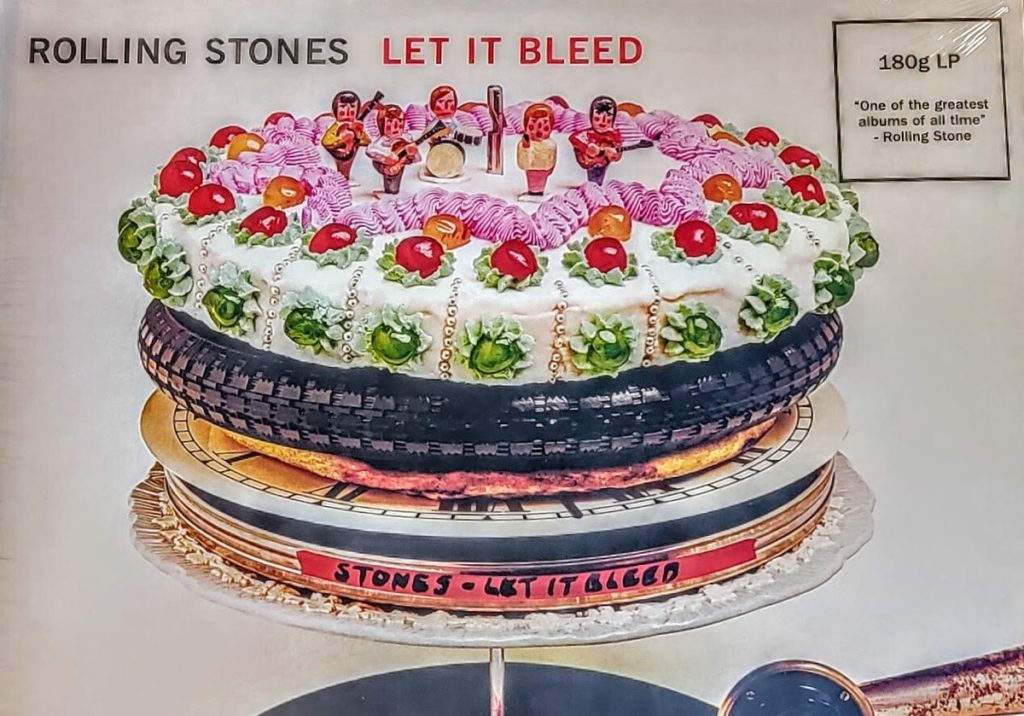
Released in 1969, this album blended blues, country, and gospel with apocalyptic themes. “Gimme Shelter” presented haunting imagery while “You Can’t Always Get What You Want” explored desire’s complexities.
The darkness reflected a decade’s violent end. This masterpiece proves the best albums often emerge from the most uncertain times. The emotional intensity of Let It Bleed continues to resonate with listeners across generations.
8. Live Spectacles

The Stones transformed concerts into theatrical experiences with elaborate production and Jagger’s magnetic stage presence. They pioneered stadium-scale sound systems and lighting innovations.
Their shows became the gold standard for rock performance. These spectacles proved that great live music requires both sonic excellence and visual theater. Their concerts set new standards for live entertainment, inspiring countless acts to elevate their own performances.
7. Crafted ‘Bad Boy’ Image

Manager Andrew Loog Oldham engineered their “bad boy” persona as the anti-Beatles. While Liverpool’s finest wore matching suits, The Stones embraced controversy and suggestive lyrics.
This wasn’t accidental — it was marketing genius that tapped into generational rebellion. The strategy worked so well it became the blueprint for every rock act that followed.
Oldham’s vision helped establish the band’s enduring mystique and cultural impact.
6. Psychedelic Trip: ‘Their Satanic Majesties Request’
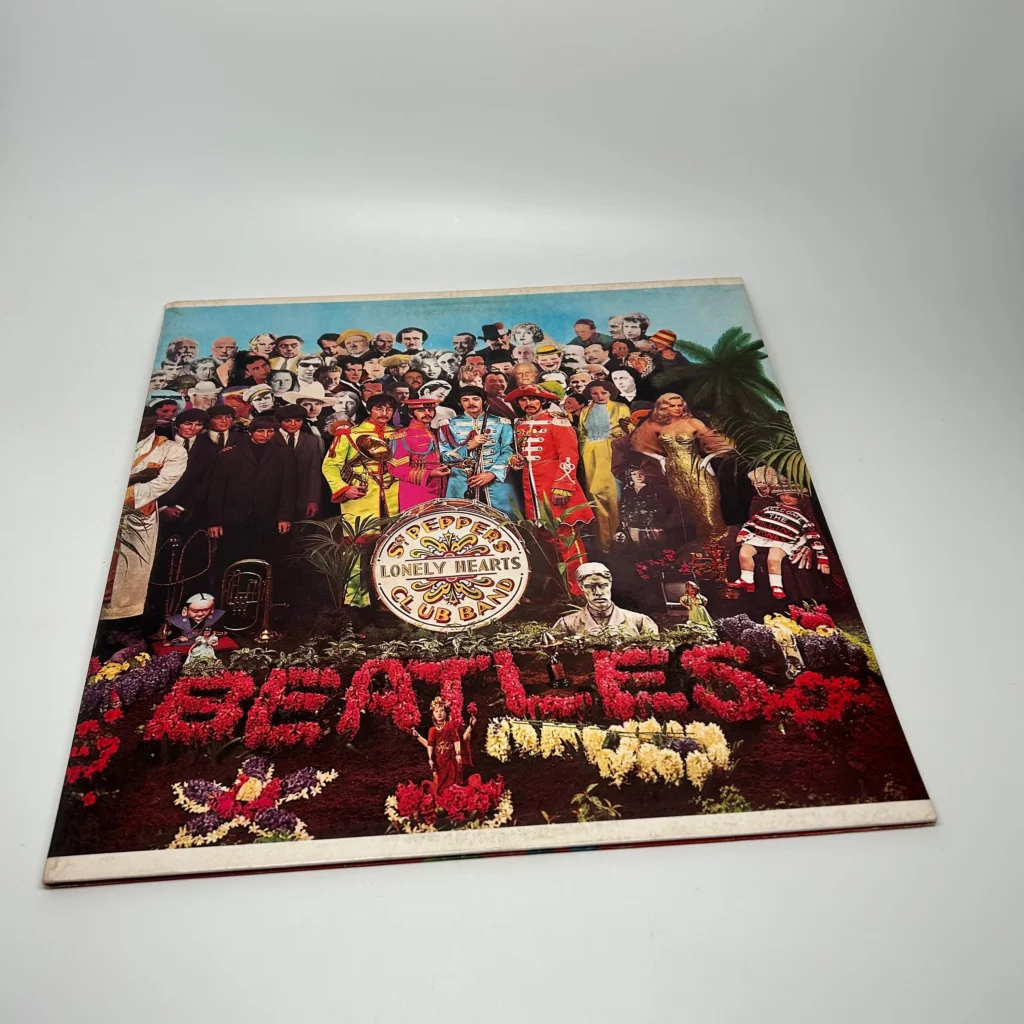
Their 1967 psychedelic experiment featured sitars, backward tapes, and intricate harmonies. Critics called it either a masterpiece or a poor ‘Sgt. Pepper’ imitation.
This sonic kaleidoscope proved they weren’t afraid of failure. The album remains their most divisive work, showing that even legendary bands need to risk everything occasionally. Despite mixed reviews, the album has found a devoted following among fans of experimental rock.
5. The Evolving Sound of the 70s
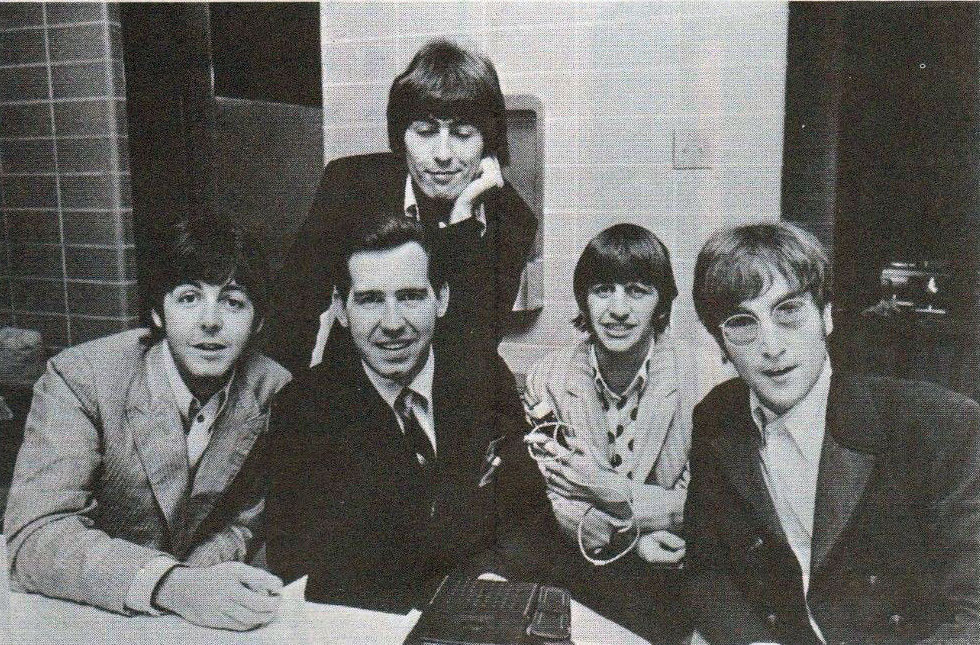
The Stones absorbed funk, reggae, and disco influences while maintaining their blues core. ‘Sticky Fingers’ featured the iconic zipper cover and classics like “Brown Sugar.”
Their adaptability kept them relevant across changing musical landscapes. This decade proved that evolution beats revolution when maintaining long-term cultural relevance.
Their willingness to embrace new genres ensured their music remained fresh and exciting.
4. Beatles and Stones Friendship
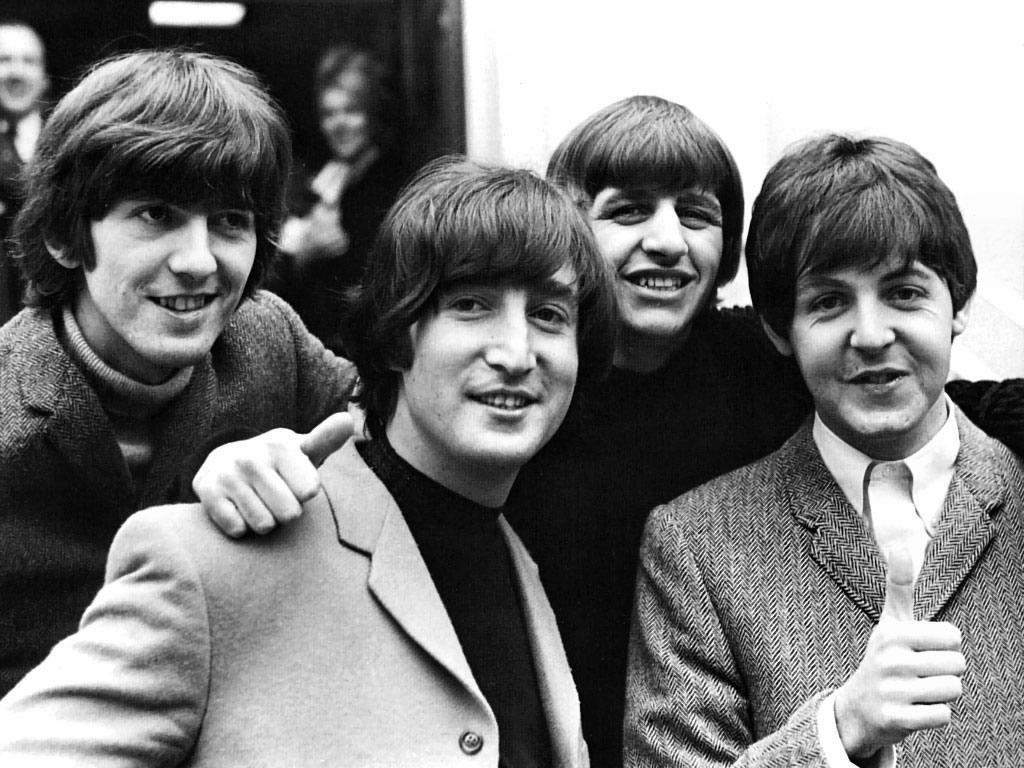
Despite media-manufactured rivalry, The Beatles and Stones were genuine friends. George Harrison actually recommended The Stones to Decca Records.
The supposed feud was press fiction that boosted both bands’ profiles. Their real relationship proves the music industry’s greatest “rivalries” often mask mutual respect and collaboration behind the scenes. This behind-the-scenes camaraderie is a reminder of the tight-knit nature of the British music scene at the time.
3. The Shift with ‘Aftermath’
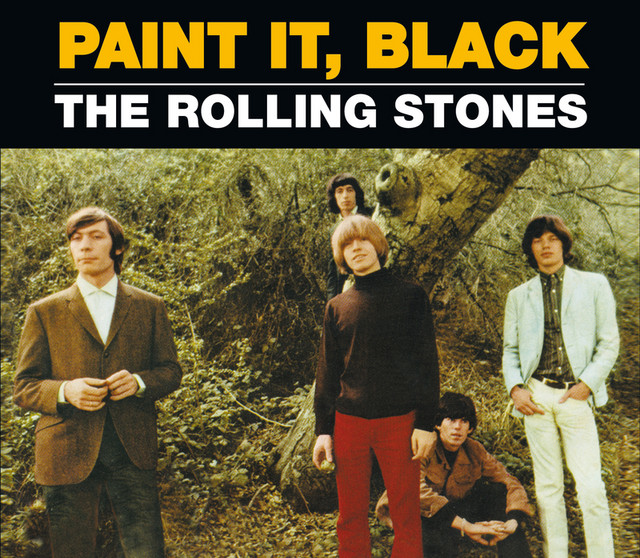
‘Aftermath’ marked their first entirely original album in 1966. Tracks like “Paint It Black” and “Under My Thumb” proved they weren’t just blues interpreters anymore.
This creative independence demonstrated genuine artistry beyond covers. The album transformed perceptions and established them as legitimate songwriters, not just talented mimics. The success of Aftermath gave the band the confidence to push further into new creative territory.
2. Jagger and Richards: The Glimmer Twins
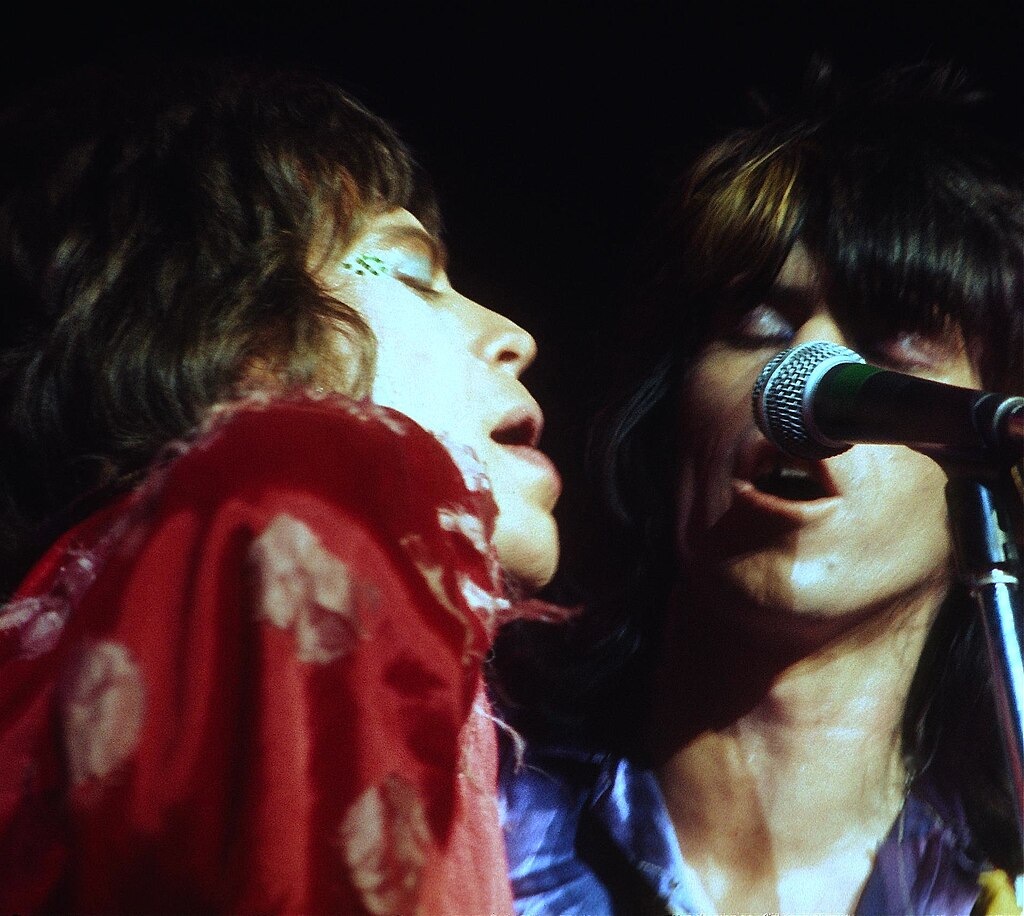
The Jagger/Richards songwriting partnership defined The Stones’ creative direction since the mid-1960s. Like Lennon/McCartney in blues clothing, they controlled most hit credits.
This centralized approach created internal tension but produced some of rock’s most enduring songs. Their collaboration proves creative partnerships can survive decades of personal friction. Their dynamic has influenced countless songwriting duos in the decades since.
1. An Enduring Legacy

Over 250 million albums sold globally and continuous touring into their eighth decade proves their lasting impact. They’ve influenced countless musicians across genres and generations.
Their songs remain cultural touchstones in media and advertising. The Rolling Stones proved that authenticity, combined with smart business decisions, creates immortality in rock and roll. Their story is a testament to the power of perseverance and passion in music history.





















